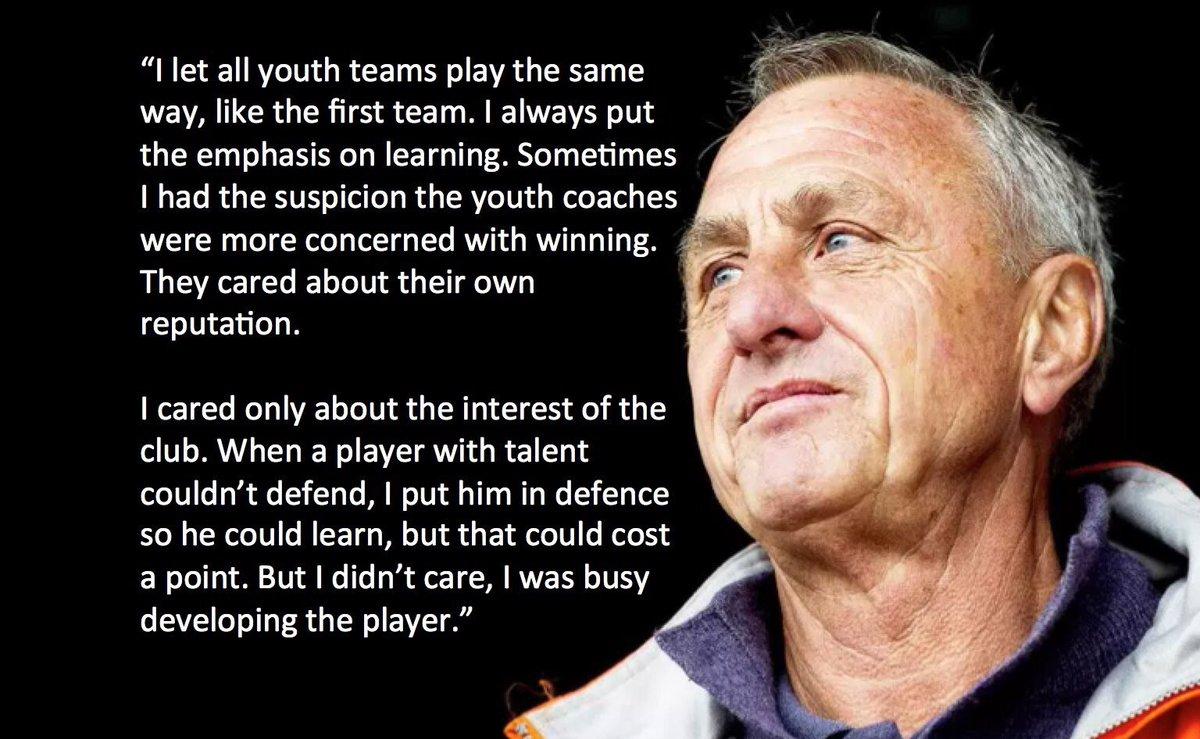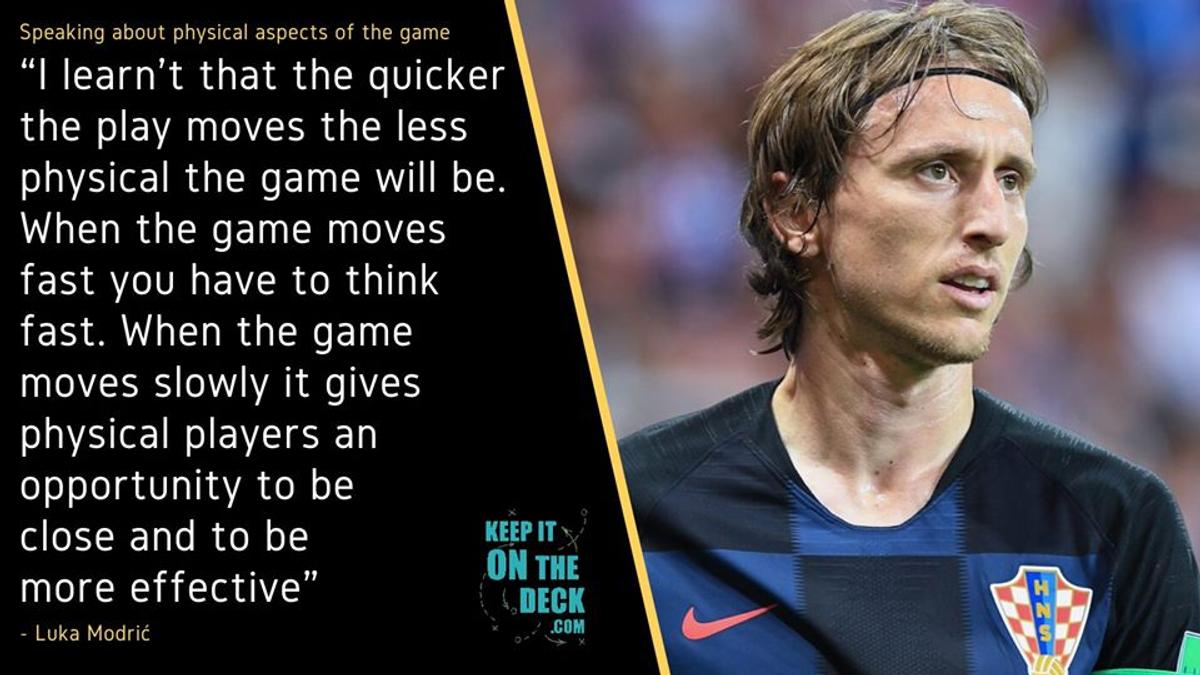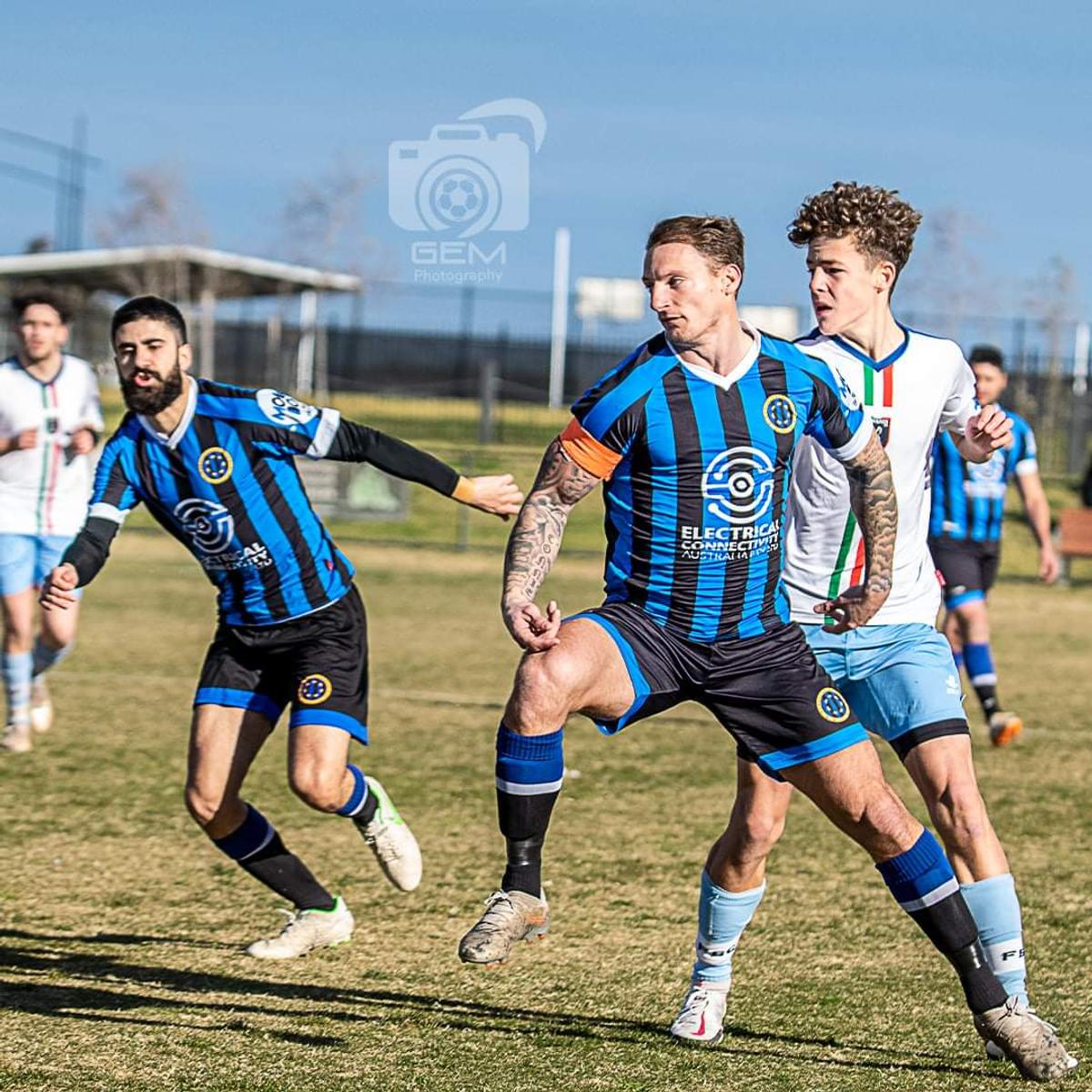What is the best pathway for a player?
Josip Loncaric

What is the best pathway for a player?
Josip Loncaric
This question is often asked to us as coaches and teacher's at Keilor Downs College when parents are looking for advice on which club is best for their child. The reality of the question is that there is no correct answer. One size does not fit all. It would be easy and irresponsible for us to give arbitrary advice based solely on our own opinion, but we would rather look at the commonalities that are associated with players that reach a high level in football, or at the very least, allow a player to reach senior football at any decent level. Herein lies much of the problem; many people want guaranteed results because that is the world that we live in. Instant.
Disposable.
Quick to blame.
Slow to take responsibility.
Opinions are open for everyone and are often considered to be fact when they are far from it, especially in the complex nature that is youth development.


Two examples of players that have had excellent careers that are still going to this day are Croatian midfielder Luka Modric and Argentine attacker Lionel Messi. By looking at the examples of Modric and Messi, we can see the no football journey is identical, even though the end product reaches the pinnacle of the game. No pathway is the same. Both Modric and Messi have been players that have had great success at the top level of football for many years, but both arrived at this level on a very different road with different obstacles to overcome. Whilst Messi was lucky enough to make his debut for FC Barcelona at the age of 16 in the first team, Modric was still at the age of 16 not certain to make a top-level career out of football, according to his coaches at Dinamo Zagreb. Modric was subsequently loaned out twice so that that Dinamo could determine whether he would make a career in football. He finally made his debut at Dinamo Zagreb at the age of 20. By this time, Messi had already become a key player in Barcelona’s first team and was on his way to winning his first of three Champions League titles for the club.
Modric eventually reached the English Premier League at the age of 23 for Tottenham Hotspur, before moving to Spanish powerhouse Real Madrid, where he has been a key player for over a decade. Three centimeters in height and less than nine months in age separates these two men who overcame obstacles to reach the top, with Messi requiring growth hormone treatment for a hormonal deficiency and Modric fleeing his home in Zadar on the Croatian coast when the country was plunged into war in the 1990s. What experience has told us by learning from best practices around the world is that there are some common trends that appear in almost all players that reach a high level not only in football but in professional sport.


Family upbringing and environment
The first key component is a stable family upbringing. By this, we mean the family provides a solid foundation for an athlete that manages to climb to the top of junior sport and become a senior player. Footballers that are raised in these normal families are not pampered and nor are they neglected, and the values of their family unit help to shape their future determination to chase their dream in the face of failure and rejection. Instead of blaming a coach or a club, the players that eventually reach professional sport are often the ones that take failure as a chance to learn and to grow. This can only be established at the core of a human in their home environment because that is where the young person will spend the majority of his/her life.
Another important factor in a young person’s development is the type of praise that we give to a player when they do well. Do we praise natural talent and ability, or do we praise effort? As fans of a sport, we love seeing an incredible dunk, amazing mark, or a fabulous dribble, and as entertainers, that is the job of an elite sportsperson. If we want to build what is known as a growth mindset, we should focus more on praising effort and persistence because that is what a person can control, rather than a predisposition to be good at a particular skill early in their lives. The article that we have included in this month’s edition of our newsletter has some terrific insight from Motivational Interviewing expert, Dr. Stephen Rollnick, and the research done by Dr. Carol Dweck on Growth Mindset is a must for any parents that want to foster a healthy home environment.
Free Play/Playing on your own
In Western culture, current generations have an abundance of distractions available to them through no fault of their own, however, these distractions take time away from the second key point in a player’s pathway to professional sport, which is the ‘playing on your own' element. This element is seen from top players around the world from our own Australian ones like Mark Viduka, to the likes of Leo Messi, Luka Modric, Cristiano Ronaldo, or any other player that has made it to the top. They have all spent thousands of hours either against the wall or in their backyard where it's an unstructured environment and they are refining their skills. Usually what happens with an early technical developer due to lots of practice is that they gain opportunities where their environment starts to improve due to what is known as the multiplier effect. For example, a player that has high proficiency early on is likely to receive opportunities to play with better players and be under the guidance of better coaches. This environment is then more likely to give that player an opportunity that will propel a player to a higher level, whilst late developers need to wait for their chance. This does not necessarily mean that they must play at an NPL club or an elite A-League academy level, as there are many examples of players that come through community and State League senior football that goes on to make a career out of the game, both professionally and semi-professionally. Thomas Deng and Connor Pain are just two examples of players that dropped into lower league senior football to compete with and against men, which can often be forgotten by overprotective parents that think that their child can graduate from high-level youth football to high-level senior soccer without steps in between.
The underlining challenge over the course of a young person’s development is how long their stamina of motivation can remain because the road will be full of setbacks, obstacles, and challenges. Each road taken by a young girl or boy will be different and no coach can claim to have all of the answers because history continues to show us that players develop at their own rates, and in their own unique way because football is a chaotic game with a constantly changing cognitive canvas for players to interpret.


In next month’s issue, we will look at the ‘Playing up an age group’ factor, the impact of private coaches and personal trainers, the highly structured club approach, and the pickup game or free play in groups influence on the development of a player.